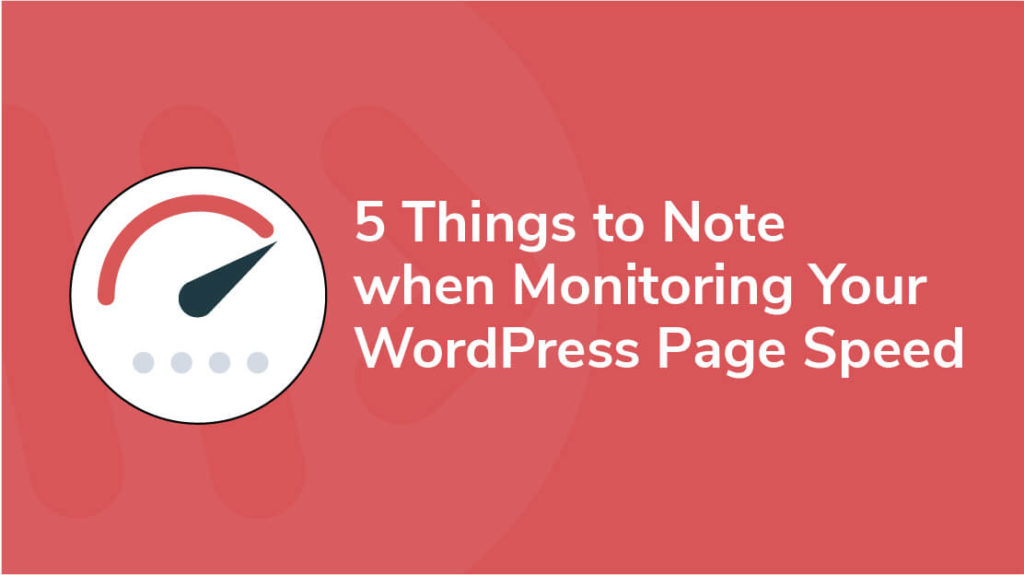It’s pretty hilarious to think of how website load times still matter in an age of ultra-fast fiber connections. This isn’t completely random though– our attention spans only grow shorter with the ever-increasing pace of media. Mere seconds could spell the difference between conversions and lost leads for your WordPress page. While many are correct to point out that the quality of your content matters, it may not necessarily be the thing that turns people away– the answer might be more of a technical nature.
There’s a reason people hire others to optimize their WordPress pages. The backend can be a bit of a deceptively daunting place, and every little tweak you make is a potential point of failure for your site. It gets easier with practice, but you really need to know where to look to ensure that your stuff loads quickly, and loads well.
From here, we’re going to take a look at how your WordPress page’s assets all coalesce into this wonderful, tangled whole– and what you could do to make them lighter on your end user’s load times. It could potentially be a bit tedious, depending on your existing assets, but you’ll find that the results are well worth it.

Secure sites and caching
When a URL is prefixed by HTTPS, that means it comes with a signed security certificate installed by the registrar. Now, you may run into a problem that while set to HTTPS standard, Google winds up caching the HTTP version instead. Check your redirect settings on the backend to see if everything lines up. You can also force HTTPS redirects in code, but if that’s not your bag, there’s a plugin for it.
Image size
People are visual creatures, and a nice, rich image is a great way to keep eyes glued to your page. Advancements like HTML5 also allow for a wider range of visual flourishes to suit your needs. These do still have a downside though, and larger photo and video files may come with a loading penalty from the sheer file size. Don’t fret though– there are ways to balance out picture quality with size to ensure a better overall site experience. Methods like lossless compression for images should allow you to host images at a fraction of its old file size with only a barely noticeable hit to quality.
Plugin choice
WordPress is one of the world’s most flexible online platforms due in no small part to its modular plugin section. This allows you to change various parts of the site without having to mess around under the hood or sift through code. They could be incredibly powerful, but again, this has its trade-offs. Some plugins may not work well with others, and having a whole lot of them open at once may contribute to your page bloat. Be prudent with your plugin choices and ensure that you’re addressing specific needs with them, and nothing more. Try and make off with as little as you could get away with,
Updates
If you’re using a more involved WordPress installation, certain components of your site might need to be updated manually. An update cycle is easy to take for granted, but consider the hits to security and overall optimization when you neglect to install things as they come. Your site should be built to work with the wax and wane of the web, and not keeping with changing standards may place a penalty on your load times.
Server response
The internet may seem like it’s always just there, but physical proximity plays more of a part in your site experience than you’d initially expect. When picking a host, do your due diligence by establishing where their server locations are, and if they provide the end user experience you need.


